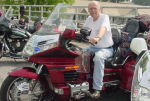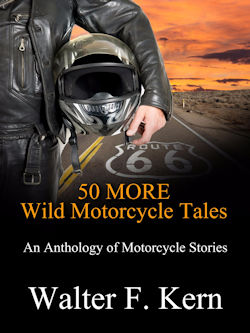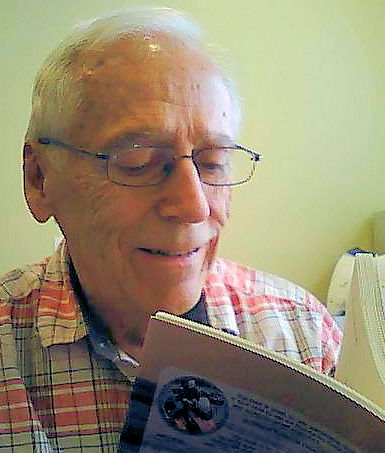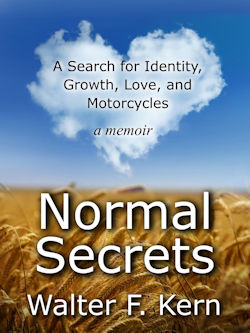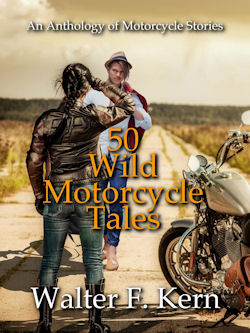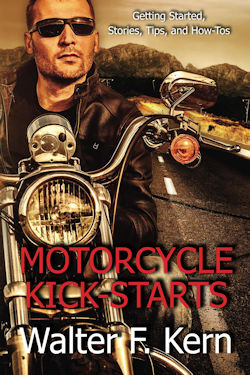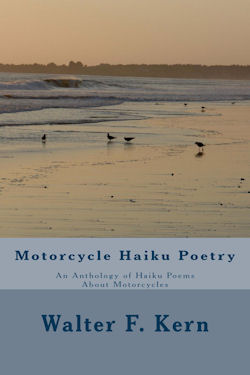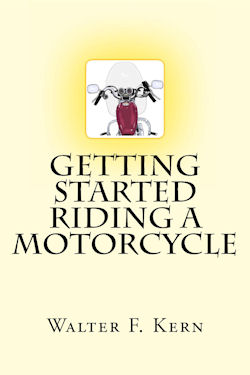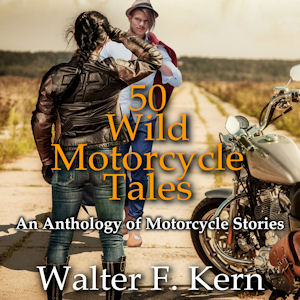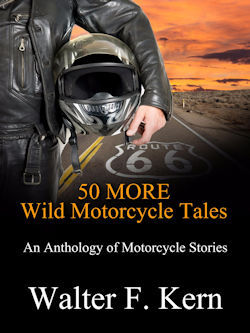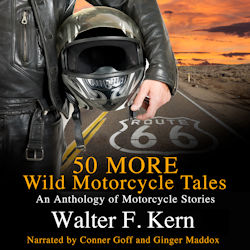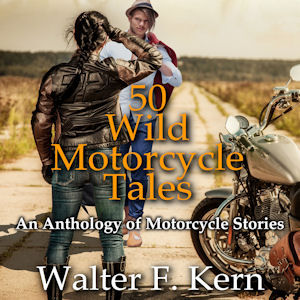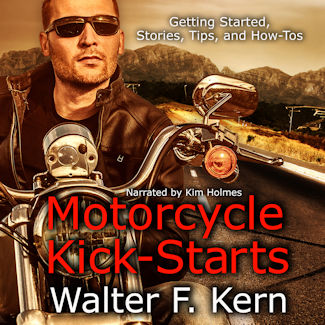Honda Motorcycle History and a Quiz Too By Walter F. Kern Learn about Honda Motorcycle History and Take a Honda Quiz Too This article gives a history lesson and quiz about Honda motorcycles. It is part of a series of motorcycle history lessons and quizzes. Some may think they already know a lot about Honda, its history and its machines. Perhaps you would like to take a quiz on Honda history and skip the rest of this article. That's OK. You may want to come back later for more information. Here's your chance to take the Honda Motorcycle History Quiz now. (Currently, the quiz does not work on mobile devices.) However, I hope you will first want to read more about Honda motorcycle history before you take the Honda quiz. The following is a short potpourri of the history of Honda motorcycles. Use it to satisfy yourself that you know Honda history now or as a stepping stone to learning more Honda motorcycle history later on. There will be a quiz at the end. New riders of motorcycles are familiar with the current models but may not be aware of the history of a given motorcycle manufacturer. Most people know that Honda makes cars. In fact, in 2001 the Honda Accord was the best selling car in America. Honda began with one man and a dream. The result was an empire of motorcycles, cars, and more. Soichiro Honda was born in 1906, in Komyo, Prefecture of Shizuoka, Japan near Mt. Fuji. He was the oldest of nine children and not at all fond of school. His parents felt that learning was best done by hands-on training rather than in a formalized school setting. Honda was a con-conforming child and did what he could to set himself apart from others. He quickly developed self-assurance and abilities with technical things. Honda first worked with cars. At 15, he was an apprentice in an automobile workshop. He helped develop a racing car and was its rider-mechanic. He then built his own supercharged 4-cylinder Ford and set a speed record in 1936. That same day, he wrecked the car, ending his racing career. He began making car piston rings but had trouble since he knew no metallurgy. He saw the need for more schooling but seemed to only learn enough to make his business more successful. During WWII, he worked in a factory making airplane propellers more efficient. After the war he sold his piston ring business to Toyota to finance a new venture to put the Japanese back on wheels. He found 500 generator motors and set upon building motorized bicycles. He then made his own 50cc two-stroke engine. He founded Honda Motor Company, Ltd in 1948. His first true motorcycle was the Model D in 1949. He renamed it the Honda Dream D. Then came the Dream E, his first 4-stroke 146cc engine. In 1958, he produced the Super Cub that eventually sold 30 million machines over four decades. It was part scooter, part motorcycle.
The company grew and in 1959, Honda established the American Honda Motor Company in Los Angeles, CA. His first import into America was the Dream Sport 300. The CB92 Benly Super Sport was introduced in 1959. The concept of "You meet the nicest people on a Honda" was introduced in an advertising campaign in the '60s and motivated many thousands of non-motorcyclists to begin riding Hondas. In many ways Honda didn't wait for a market demand. He created it by producing machines that he knew riders would want. Examples are the 1959 Benly, the 1961 CB77 Super Hawk, the 1969 CB750, and the 1975 Gold Wing GL1000. Known as an engineering-oriented company, Honda learned that it needed to start listening to its customers more closely. The whole development of the Gold Wing was fed by customer feedback. Honda retired in 1973 and distanced himself from the company to let others lead. He died in 1991 at age 84. The Guggenheim Museum presented the exhibition, "The Art of the Motorcycle," in 1998. Seven Honda motorcycles were honored in that show and in the accompanying book There is extensive historical information about Soichiro Honda and his dream to create machines for the masses. Many of his models used the word "Dream" in their names. Even today, the company slogan is "The Power of Dreams." This short history of Honda barely scratches the surface in revealing Honda's dream. It was a big one. Books used in the preparation of this research were: Honda CB750 So, do you know the difference between a Bentley and a Benly? Take the short 10-question trivia quiz on Honda motorcycles. This should be as easy as finding your Honda Gold Wing at a Vespa scooter rally. Take the Honda Motorcycle Quiz (Currently, the quiz does not work on mobile devices.)
|
||||||||||||||||||||||||||
© 2016 Walter F. Kern. All rights reserved.
|
